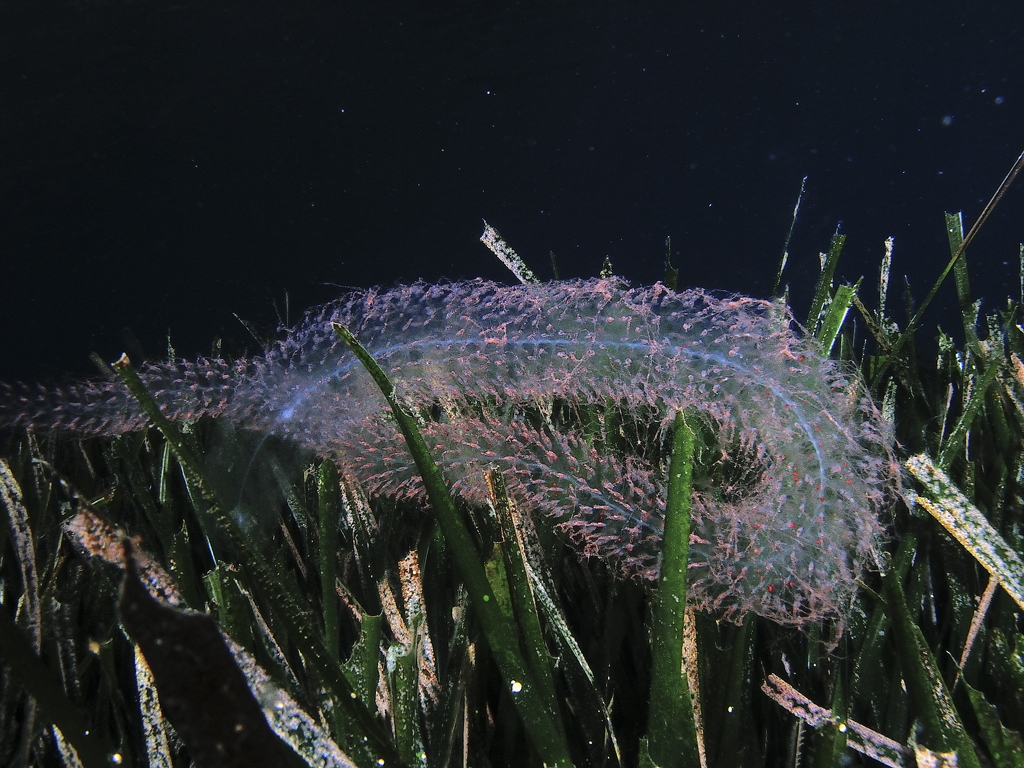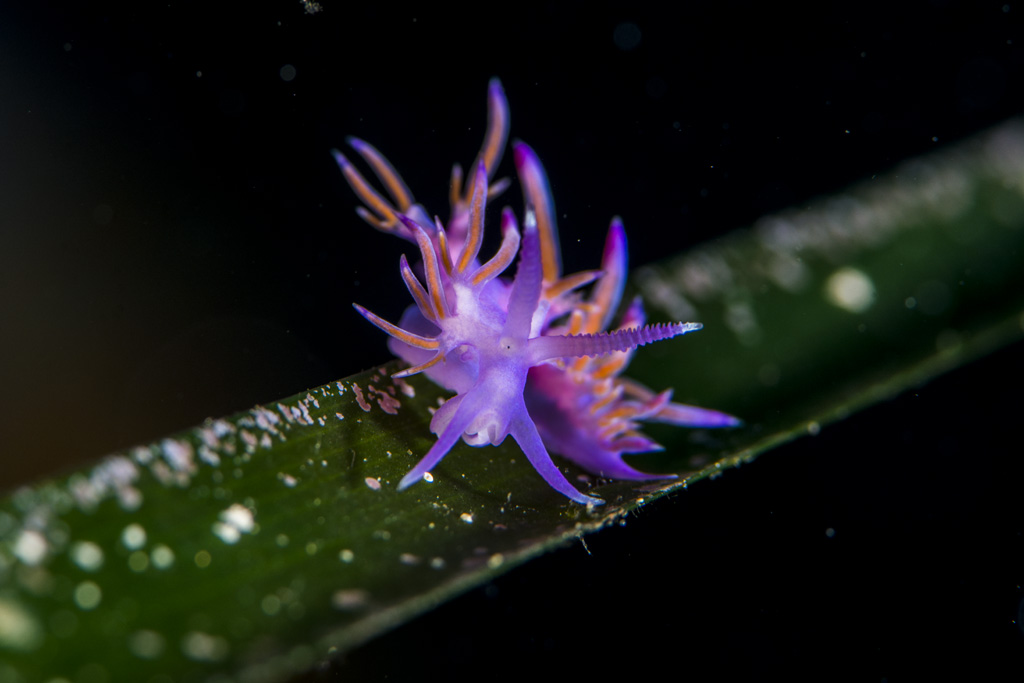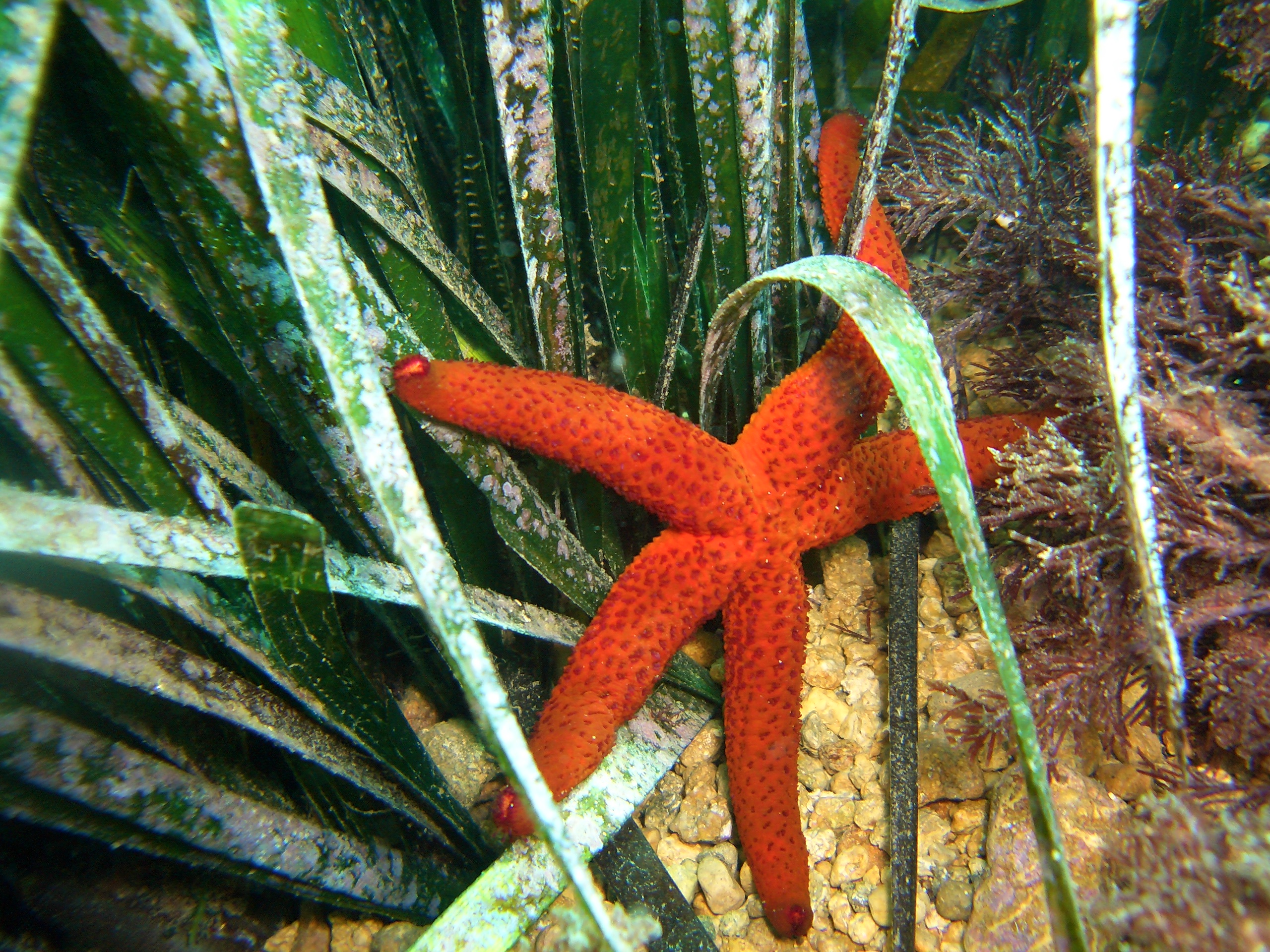Why Posidonia oceanica is so important?
One of the most important features of this seagrass is the formation, in its lower part, of a structure called "matte", consisting of interlaced remnants of roots, rhizomes and entangled sediment. It is precisely inside the "matte" that about 50% of the carbon buried in marine sediments around the world is stored. Their ability to remove carbon dioxide (CO2) from the atmosphere means that they are considered as excellent carbon sinks, and therefore represent a valid strategy to combat climate change.
Another important function that the Posidonia meadows play is to provide habitat and nutrition for many species of fish, crustaceans, molluscs, bryozoans, as well as for many species of plants. The latter, in fact, produce large quantities of oxygen and organic matter through photosynthesis, and in turn offer shelter and nourishment to many marine species. The prairie is a real "nursery", which offers shelter from predators to juvenile fish, also species of commercial interest, who spend the first phases of their marine life there.
| About 20% of the total Mediterranean species live in the Posidonia meadows. |



Why do we need to protect the Posidonia oceanica?
Although Posidonia meadows constitute a habitat protected by national and international laws (Habitat 1120*, listed as Priority Habitat in the Habitats Directive 92/43/EEC) and therefore part of those ecosystems to be protected at all costs, in recent decades they are facing a regression, mainly due to the illegal conduct of trawling and "wild anchoring" of pleasure boats, which anchor over the Posidonia meadows, causing serious damage to the grasslands.
|
The numbers of Posidonia oceanica 1 m2 of prairie that regresses due to the erosion of about 15 meters of sandy coastline. 1 m2 of grassland has up to 1000 tufts of leaves and more than 40 m2 of leaf surface. 1 leaf can be even longer than 1 meter. 1 m2 of prairie produces photosynthesis from 10 to 15 liters of oxygen per day. 1 meter of "matte" needs more than 100 years to form. 1 hectare of prairie can accommodate up to 350 different species of animals. 1 m2 of disappearing grassland is equivalent to a loss in cash ranging from 39,000 to 89,000 euros a year (less oxygen production, erosion and beach nourishment). |
The life of Posidonia oceanica
Threats to Posidonia oceanica meadows


